AphidsFrom: Insect and Related Pests of Flowers and Foliage Plants. Baker, J.R. ed. 1994 (revised). NC Coop. Ext. Service publication AG-136. https://content.ces.ncsu.edu/insect-and-related-pests-of-flowers-and-foliage-plants |
|---|
| Introduction to Aphids [download pdf] |
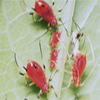 The winged adults are about 2 to 2.5 millimeters long; soft bodied; and dark, shining mahogany brown. Due to their dark color they were once called “blackflies.” photo: Jim Baker, Bugwood.org |
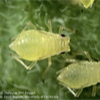 Cornicles long, slender, and pale in color but sometimes dark at the tip. Green peach aphids have been collected from over 100 plants, including a wide variety of vegetable and ornamental crops. photo: UC IPM |
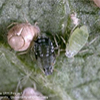 This is the smallest of most other aphids. The winged adults are about 1.25 millimeters long, soft bodied, and yellow to dark green with a black head and thorax. photo: UC IPM |
MealybugsFrom: Insect and Related Pests of Flowers and Foliage Plants. Baker, J.R. ed. 1994 (revised). NC Coop. Ext. Service publication AG-136. https://content.ces.ncsu.edu/insect-and-related-pests-of-flowers-and-foliage-plants |
|---|
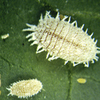 Citrus Mealybug [download pdf] |
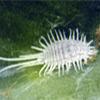 Longtailed Mealybug [download pdf] |
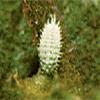 Mexican Mealybug [download pdf] |
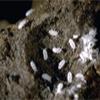 Root Mealybug [download pdf] |
Scale InsectsFrom: Insect and Related Pests of Flowers and Foliage Plants. Baker, J.R. ed. 1994 (revised). NC Coop. Ext. Service publication AG-136. https://content.ces.ncsu.edu/insect-and-related-pests-of-flowers-and-foliage-plants |
|---|
| Introduction & Key to Scale Insects [download pdf] |
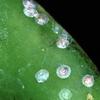 Boisduval Scale [download pdf] |
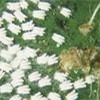 Fern Scale [download pdf] |
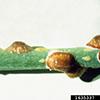 Hemispherical Scale [download pdf] |
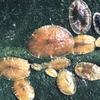 Brown Soft Scale [download pdf] |
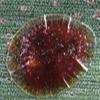 Tessellated Scale [download pdf] |
WhitefliesFrom: Insect and Related Pests of Flowers and Foliage Plants. Baker, J.R. ed. 1994 (revised). NC Coop. Ext. Service publication AG-136. https://content.ces.ncsu.edu/insect-and-related-pests-of-flowers-and-foliage-plants |
|---|
|
Introduction & Key to Whiteflies [download pdf] |
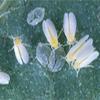 Silverleaf Whitefly [download pdf] |
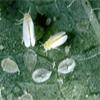 Sweetpotato Whitefly [download pdf] |
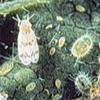 Bandedwinged Whitefly [download pdf] |
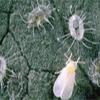 Greenhouse Whitefly [download pdf] |
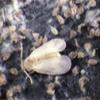 Citrus Whitefly [download pdf] |
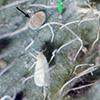 Azalea Whitefly [download pdf] |
ThripsFrom: Insect and Related Pests of Flowers and Foliage Plants. Baker, J.R. ed. 1994 (revised). NC Coop. Ext. Service publication AG-136. https://content.ces.ncsu.edu/insect-and-related-pests-of-flowers-and-foliage-plants |
|---|
| Introduction & Key to Thrips [download pdf] |
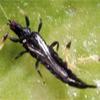 Cuban Laurel Thrips [download pdf] |
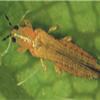 Flower Thrips [download pdf] |
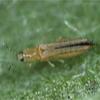 Western Flower Thrips [download pdf] |
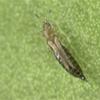 The female is dark brown or black and slender. photo: Lyle Buss, University of Florida |
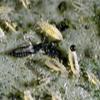 Greenhouse Thrips [download pdf] |
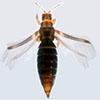 Banded Greenhouse Thrips [download pdf] |
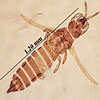 Composite Thrips [download pdf] |
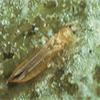 Melon Thrips [download pdf] |
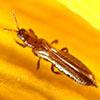 Gladiolus Thrips [download pdf] |
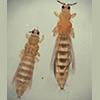 Onion Thrips [download pdf] |
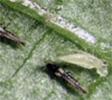 Echinothrips americanus [download pdf] |
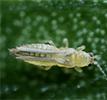 Chilli Thrips [download pdf] |
FliesFrom: Insect and Related Pests of Flowers and Foliage Plants. Baker, J.R. ed. 1994 (revised). NC Coop. Ext. Service publication AG-136. https://content.ces.ncsu.edu/insect-and-related-pests-of-flowers-and-foliage-plants |
|---|
|
Introduction & Key to Flies [download pdf] |
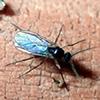 Fungus Gnats [download pdf] |
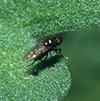 Shore Flies [download pdf] |
MitesFrom: Insect and Related Pests of Flowers and Foliage Plants. Baker, J.R. ed. 1994 (revised). NC Coop. Ext. Service publication AG-136. https://content.ces.ncsu.edu/insect-and-related-pests-of-flowers-and-foliage-plants |
|---|
|
Introduction & Key to Mites [download pdf] |
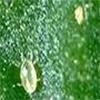 Broad Mite [download pdf] |
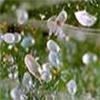 Cyclamen Mite [download pdf] |
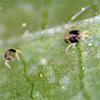 The eight-legged adult can be pale green, greenish amber, or yellowish, usually having two (sometimes four) black spots on top, the two-spotted spider mite is about 0.4 millimeters long. photo: Frank Peairs, Bugwood.org |